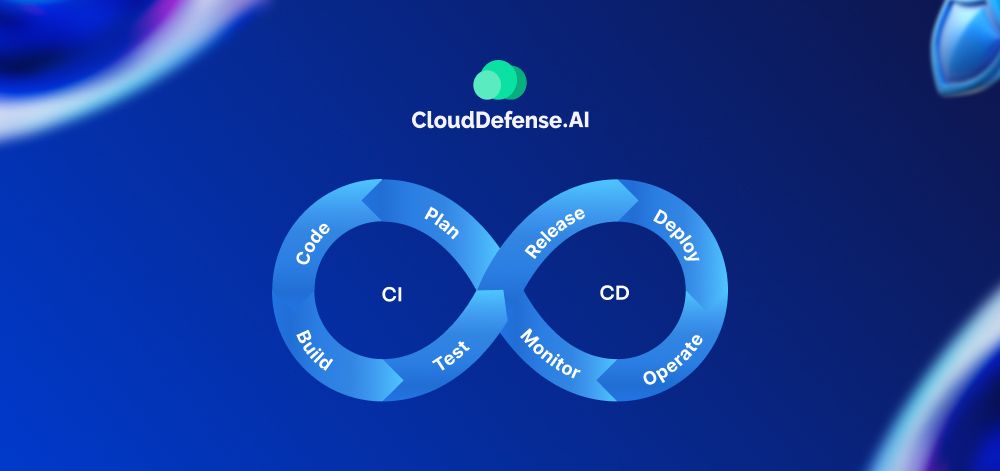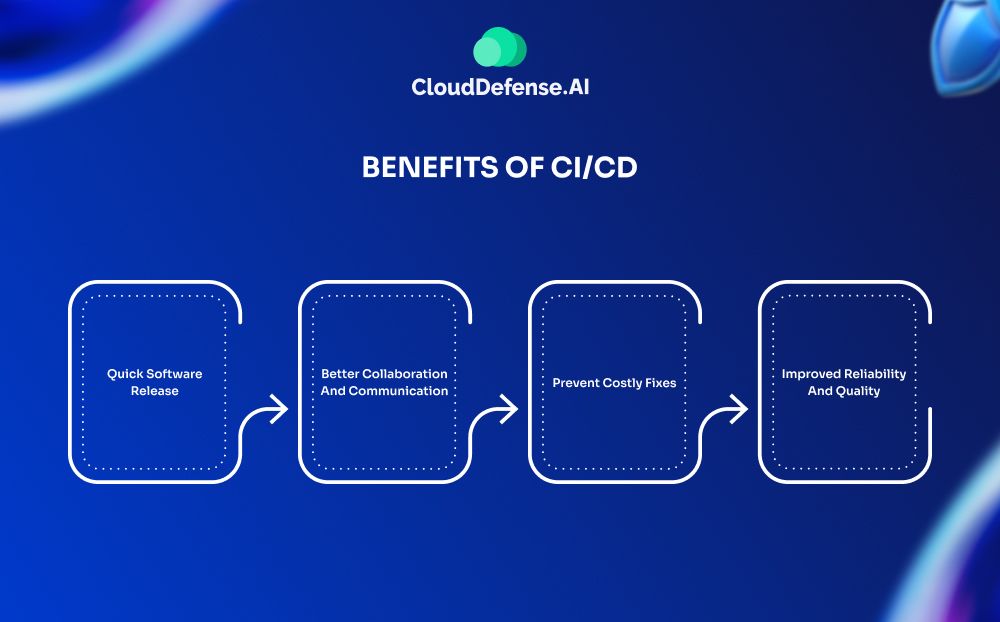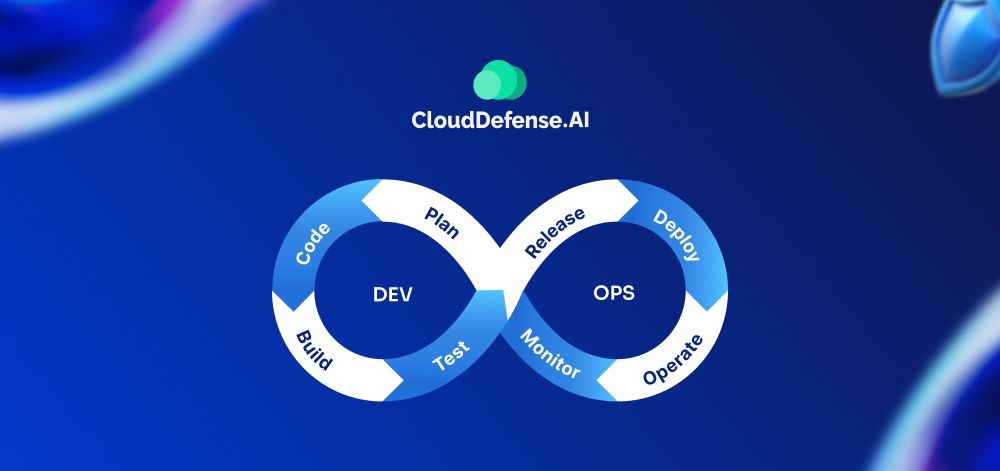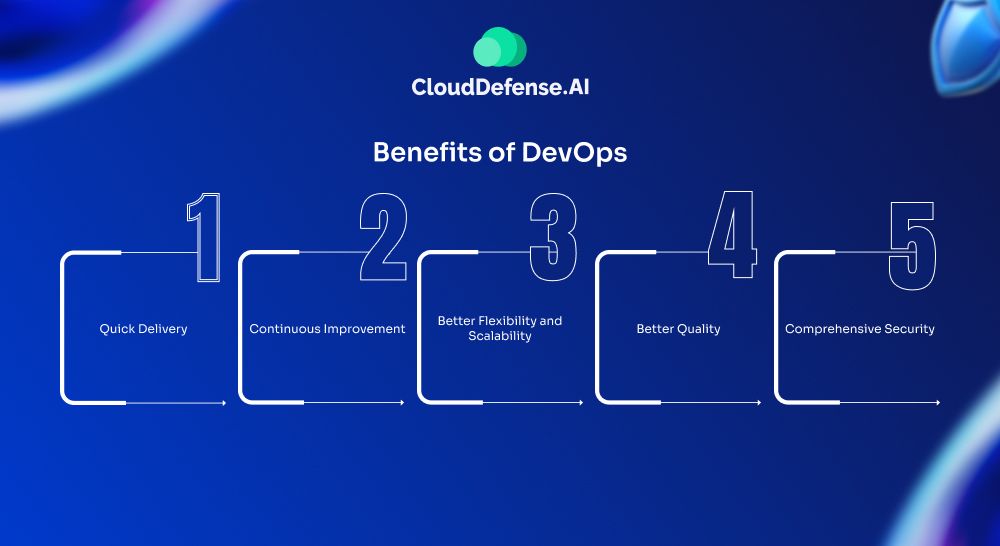If you’re into software development, two terms often come up: CI/CD and DevOps. At times, it might feel like it’s about the same thing. But the truth is, while they’re related, they serve different purposes.
While they share common goals—speeding up development, improving collaboration, and delivering better software—CI/CD and DevOps approach the challenge from different angles.
In this article, we’ll break down their key differences between CI/CD vs DevOps, explore how they work together, and help you decide when to focus on each.
What is CI/CD?

CI/CD stands for Continuous Integration and Continuous Delivery. It’s a development practice designed to speed up the software development process while maintaining high quality. But what does that really mean?
Continuous Integration
In Continuous Integration (CI) process, developers regularly merge their code changes into a shared repository. Each integration triggers an automated build and test cycle, helping to catch bugs early and ensure the codebase is always in a releasable state.
Continuous Delivery
Then comes Continuous Delivery (CD) Continuous Delivery ensures that every change that passes the automated tests can be released to production at any time. Continuous Deployment takes it a step further by automating the entire process—deploying code changes to production automatically, without human intervention.
Together, CI/CD creates a pipeline that accelerates the software release cycle, reduces risks, and ensures quicker, more reliable updates. Whether you’re working on large-scale applications or small projects, understanding CI/CD is crucial for modern software development. It allows development teams to ship code faster, more frequently, and with confidence that the code is stable.
If you’re looking to streamline your development workflow, focusing on CI/CD best practices can drastically improve efficiency and collaboration across teams.
| Want to dive deeper into CI vs CD? We have curated an exclusive article about Continuous Integration vs Continuous Delivery. Read more to discover how these practices differ and how they work together to speed up your development process. |
Benefits of CI/CD

CI/CD offers a wide range of benefits to an organization, and it includes.
Quick Software Release
With CI/CD, you automate the entire development pipeline—coding, testing, and deployment. This automation allows developers to quickly release new features and fixes without delays.
The ability to deploy small, frequent updates reduces downtime and ensures that users always have access to the latest improvements. The faster release cycle of CI/CD minimizes risks by allowing quicker feedback and faster bug resolution.
Better Collaboration and Communication
Through frequently integrating code changes to the repository, CI/CD practices enables developers to quickly identify bugs and issues and mitigate them in the early stage. Since developers are able to fix all the bugs before they are deployed in the production environment, it improves the overall collaboration and communication between teams.
Prevent Costly Fixes
As CI/CD methodologies help developers identify issues and loopholes at the early stages of development, it saves the organization from costly fixes that would have occurred during the product stage. Moreover, fixing bugs and issues in production gets more complex, and both teams have to leverage a lot of resources to fix them.
Improved Reliability and Quality
CI/CD, through automating the testing process and deploying code changes only after they pass the testing process, ensures the final code is accurate and reliable. Ultimately, this factor helps in improving the reliability and quality of the final application.
What is DevOps?

DevOps is all about a set of practices that breaks down the traditional barriers between software development (Dev) and IT operations (Ops). Instead of working in separate silos, DevOps brings these teams together to collaborate, automate, and deliver software throughout the application development lifecycle more efficiently.
Also, It’s not just a set of tools or processes—it’s a cultural shift that encourages shared responsibility and faster, more reliable releases. At its heart, DevOps is focused on creating a seamless pipeline where developers, testers, and operations work hand-in-hand from start to finish. The goal? To ship high-quality software faster and with fewer headaches.
Key practices in DevOps include:
- Continuous Integration and Continuous Delivery (CI/CD): Automating the building, testing, and deployment of software, so updates can be rolled out quickly and smoothly.
- Infrastructure as Code (IaC): Treating infrastructure like software, meaning it can be easily managed, deployed, and scaled using code.
- Automated Testing: Making sure every code change is tested right away, so bugs are caught early before they reach production.
- Monitoring and Feedback Loops: Continuously tracking the performance of your applications to catch and fix issues in real-time.
Benefits of DevOps

Here are some of the significant benefits your organization can enjoy by integrating DevOps culture;
Quick Delivery
One of the standout advantages of adopting DevOps is the speed at which applications, new features, security updates, and bug fixes can be delivered. By automating key development and deployment processes, DevOps teams can significantly cut down on release times.
This means you can respond to customer needs and market demands more rapidly, keeping your business competitive.
Continuous Improvement
DevOps is all about feedback and iteration. Teams continually monitor performance metrics and user feedback to identify areas for improvement. This ongoing cycle of assessment allows developers to quickly address bugs and implement updates, enhancing overall application performance and ensuring a better user experience. With DevOps, there’s always room to grow and adapt.
| Did you know? A study by Puppet found that high-performing IT teams that implement CI/CD practices deploy code 46 times more frequently with a 440 times faster lead time from commit to deploy |
Better Flexibility and Scalability
DevOps embraces the use of new technology like cloud computing, containerizing, and artificial intelligence in development. These practices help the organization to scale its application according to the increase in traffic and adapt to business requirements.
Better Quality
Continuous monitoring and testing in the development lifecycle also help organizations catch loopholes and bugs at the earliest and mitigate them quickly. This allows organizations to ensure high-quality software development and deployment with minimal issues.
Comprehensive Security
DevOps ideology and practices promote that every team should be responsible for code security throughout the entire software development lifecycle.
The team emphasizes implementing various security testing and uses tools for incident response plans to make sure there is no vulnerability in the application lifecycle. DevOps also goes for the DevSecOps approach, which allows teams to implement security measures in the development lifecycle seamlessly.
Key Differences Between CI/CD and DevOps
CI/CD and DevOps are related concepts, but they are quite different in various ways. Let’s take a look at the critical differences between CI/CD vs DevOps.
Scope and Philosophy
When comparing CI/CD vs DevOps, the biggest difference is in their scope. DevOps is a broad cultural and operational philosophy, focusing on breaking down silos between development and operations teams to improve collaboration, streamline processes, and ultimately deliver better software.
On the other hand, CI/CD (Continuous Integration and Continuous Deployment/Delivery) is more tactical—it’s a set of best practices specifically aimed at automating the software development lifecycle, from code integration to deployment.
Primary Goals
While both aim to enhance software delivery, their goals differ. DevOps seeks to develop an environment where software development and IT operations work hand-in-hand to deliver reliable software faster.
It’s about culture, collaboration, and communication. CI/CD, in contrast, is laser-focused on speeding up the development pipeline. It ensures that code changes are tested and deployed efficiently, reducing the time to market. The CI/CD pipeline automates the mechanics, allowing developers to push code more frequently with fewer bottlenecks.
Cultural vs. Technical Focus
When thinking about CI/CD vs DevOps, it’s useful to think of DevOps as a cultural shift and CI/CD as a technical implementation. DevOps requires changing how teams interact and collaborate, creating a shared responsibility for the entire lifecycle of an application.
In contrast, CI/CD best practices are technical strategies—automating tasks like testing and deployment—that live within the DevOps framework.
Stages of the Process
When looking at the stages in CI/CD and DevOps, there’s a clear difference in scope and flow. For example, CI/CD pipelines typically follow a structured, linear path:
- Code integration (CI)
- Automated testing
- Deployment (CD)
- Delivery (optional, if using Continuous Delivery)
DevOps, however, involves stages that extend beyond the pipeline. It encompasses:
- Planning
- Coding
- Building
- Testing
- Releasing
- Deploying
- Operating
- Monitoring
- Continual feedback between all stages
Therefore, CI/CD best practices focus on optimizing the specific steps in the pipeline, while DevOps ensures the entire lifecycle—from planning to feedback—is streamlined.
Tools vs. Frameworks
In the battle of CI/CD vs DevOps, tools are an essential consideration. CI/CD relies on a variety of tools to create automated workflows (e.g., Jenkins, GitLab CI, CircleCI), which help maintain consistent, repeatable processes.
DevOps utilizes these tools but also integrates a broader range of technologies (like containerization with Docker, orchestration with Kubernetes, etc.) as part of a holistic framework for delivering, monitoring, and maintaining software.
Automation Depth
While both CI/CD vs DevOps involve automation, the level of automation differs. CI/CD best practices revolve entirely around automating testing, integration, and deployment processes to minimize manual intervention.
DevOps incorporates these principles but extends automation to infrastructure management, configuration, and monitoring, aiming for end-to-end automation of the software delivery process.
End Goals and Business Impact
Lastly, when thinking about CI/CD vs DevOps, consider the business impact. DevOps aims to transform organizational efficiency at a macro level by breaking down barriers and fostering continuous delivery and feedback loops.
CI/CD pipelines focus more on optimizing specific stages in the development cycle, ensuring developers can release smaller, incremental updates more frequently. DevOps has a broader, organizational effect, while CI/CD has an immediate impact on the development team’s output and velocity.
Here’s a table to clearly illustrate the differences between CI/CD vs DevOps:
| Aspect | CI/CD | DevOps |
| Scope and Philosophy | Focuses on automating the software development lifecycle with best practices for integration and deployment. | A broader cultural and operational philosophy that promotes collaboration between development and operations. |
| Primary Goals | Accelerates code integration, testing, and deployment through a streamlined pipeline. | Enhances collaboration and communication across teams to improve overall software delivery and reliability. |
| Cultural vs. Technical Focus | Primarily a technical practice with a focus on automating testing and deployment processes. | A cultural shift focused on uniting development and operations for better workflow and ownership. |
| Tools vs. Frameworks | Relies on specific tools like Jenkins, GitLab CI, and CircleCI for pipeline automation. | Integrates a wide range of tools (e.g., Docker, Kubernetes) into a cohesive framework for infrastructure and development. |
| Automation Depth | Automates code integration, testing, and deployment steps in the pipeline. | Extends automation to infrastructure management, configuration, and monitoring for full lifecycle automation. |
| End Goals and Business Impact | Focuses on improving the speed and efficiency of development teams by allowing for frequent code updates. | Aims to transform the organization’s efficiency by breaking down barriers between teams and fostering continuous delivery. |
| Stages | Integration, testing, deployment, (optional) delivery. | Planning, coding, building, deploying, operating, monitoring, feedback. |
How to Implement CI/CD Within a DevOps Culture?
The successful implementation of CI/CD within a DevOps culture can be done through four stages and these stages are:
Commit
Commit is the preliminary stage, where developers integrate new features and functionalities within the database.
Build
In this stage, the main aim of the developer team is to put forward all the updates to the registry and then pass them to the testing environment.
Test
Once the developers have put forward all the new updates, all these updates are put to the test. Testing of the updates also evaluates the stability of the final product before it reaches the final stage.
Production
In this last stage, all the new updates are deployed to the product.
FAQs
1. What is the difference between CI/CD vs DevOps?
CI/CD focuses on automation of the software release process, while DevOps is a cultural approach that includes CI/CD along with collaboration and communication between development and operations teams.
2. Are CI/CD and DevOps interchangeable terms?
No, CI/CD is a subset of DevOps that focuses on continuous integration and continuous delivery, whereas DevOps encompasses a broader philosophy of culture, automation, and collaboration in software development.
3. Which one is more important: CI/CD or DevOps?
Both CI/CD and DevOps are important in modern software development. CI/CD focuses on automation of the release process, while DevOps promotes a cultural shift towards collaboration and communication between development and operations teams.
4. Difference between CI/CD engineer vs DevOps engineer
A CI/CD engineer specializes in automating the software development pipeline, focusing on continuous integration and delivery processes. In contrast, a DevOps engineer emphasizes collaboration between development and operations, managing the entire software lifecycle, including infrastructure and deployment.
5. What are the main differences between Agile vs CI/CD vs DevOps?
Agile focuses on iterative development and collaboration to improve project adaptability. CI/CD automates code integration and deployment for faster delivery. DevOps integrates development and operations, emphasizing culture, collaboration, and continuous feedback throughout the entire software lifecycle.
Conclusion
CI/CD and DevOps have many common goals when it comes to swift and reliable software development. However, many organizations get confused while implementing them. We hope this article helps you understand the difference between CI/CD vs DevOps, empowering your team to choose the right practices and establish a collaborative culture for successful software delivery.







